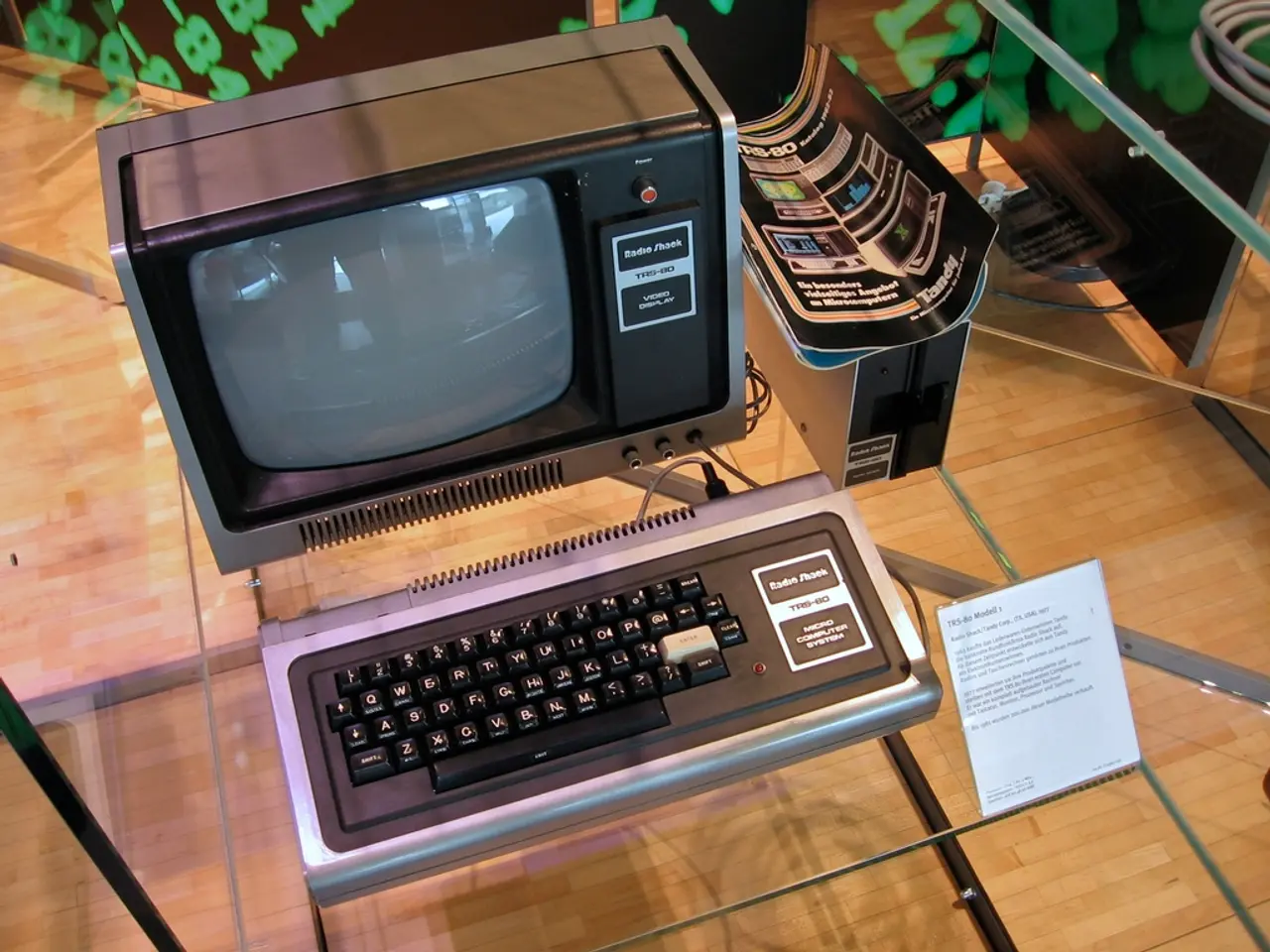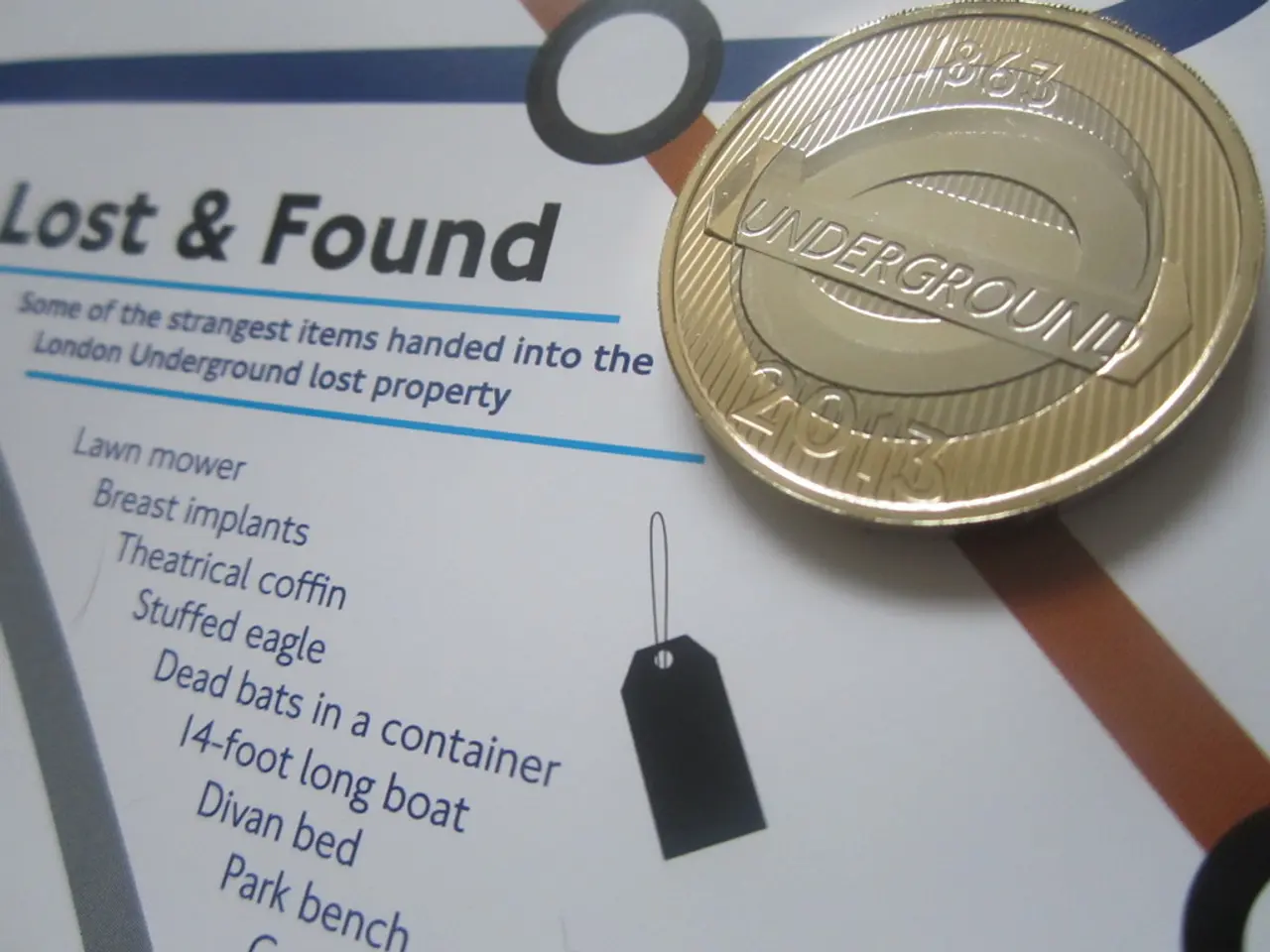Investigation: Mitigating Bill of Materials and Imprint Problems in Printed Circuit Board Manufacturing
In the world of electronic design, precision is key. To create high-quality Printed Circuit Boards (PCBs), it's essential to identify and correct footprint and Bill of Materials (BOM) errors. These errors can range from mismatches in component dimensions and footprints, obsolete components, missing orientations, and incomplete documentation.
To minimize these errors, follow these systematic steps:
- Use Design Rule Checks (DRC) and Electrical Rule Checks (ERC): Most PCB design software includes DRC/ERC features that flag potential issues. Running these checks early and throughout the design process can help detect dimensional mismatches or placement conflicts.
- Verify BOM Accuracy and Currency: Cross-check each BOM entry against manufacturer datasheets to ensure the listed components are not obsolete or superseded versions. Use component database management tools or suppliers’ APIs to flag obsolete parts automatically. Confirm that part numbers, package types, and values in the BOM align precisely with the footprints used on the PCB.
- Manually Inspect Footprints for Orientation and Pin Markings: Confirm that each footprint includes clear orientation indicators, such as pin 1 markers or silk screen outlines. Ensure that pin 1 markings on footprints correspond correctly with the datasheet pinout to avoid reversed mounting.
- Attach and Reference Datasheets for All Components: For every BOM item, link the full datasheet in the project documentation or design tool to provide assembly and inspection teams with dimensional, pinout, and electrical characteristics information. Missing datasheets should be tracked and sourced before finalizing the design.
- Use Automated Footprint Libraries and Validation Tools: Employ reputable, verified footprint libraries rather than custom or outdated footprints to minimize errors. Utilize specialized validation plugins or software that can compare footprints against industry-standard footprints and flag discrepancies.
- Component Dimension vs. Footprint Review: Manually or with software assistance, compare component package dimensions from datasheets against the footprint pad sizes and spacing to ensure compatibility. Check for potential mechanical interference with nearby components or PCB edges.
- Implement Peer Reviews and Checklists: Conduct thorough design reviews with experienced engineers or use structured checklists covering footprint correctness, orientation, BOM accuracy, and documentation completeness to catch errors humans or software might miss.
- Update and Maintain Version Control: Keep all BOMs, footprint libraries, and design files under version control to track changes and reduce mismatched versions entering production.
Common errors related to PCB footprint and BOM include mismatches between component dimensions and footprints, inclusion of obsolete components, missing component orientation markings, missing datasheets, and missing pin markings on footprints. These practices help prevent assembly errors such as component misplacement, reversed orientations, or assembly delays caused by incomplete documentation.
By adhering to these practices, designers can create more accurate and reliable PCB designs, ensuring the smooth production and assembly process.
In the industry of electronics, minimizing errors in PCB design is crucial for ensuring smooth manufacturing and assembly. To prevent common errors such as mismatches between component dimensions and footprints, usage of outdated components, and missing orientation or pin markings, it's vital to employ technology solutions like Design Rule Checks (DRC), Electrical Rule Checks (ERC), automated footprint libraries, and validation tools in the financing of component sourcing during the manufacturing process.




